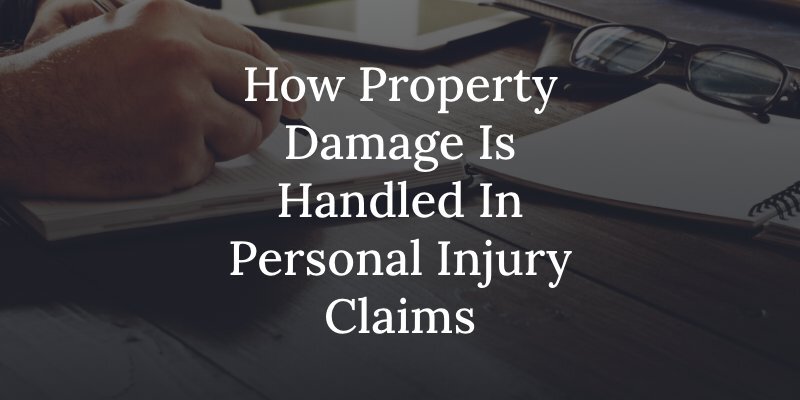Unexpected injuries happen in many ways and can cause substantial consequences to the injury victim, including physical pain, temporary or permanent disability, medical expenses, and lost income. Serious injuries also cause emotional distress, especially when they result from someone else’s careless, reckless, or wrongful actions. These consequences of an injury are the “damages” in a personal injury case, which is often pursued with the assistance of a Kansas City personal injury lawyer, but what happens when the accident that causes the injury also causes significant property damage? Is property damage part of a personal injury claim?
Property Damage Is Separate From Personal Injury
A property damage claim and a personal injury claim are separate matters, handled separately under the law. A property damage claim covers damages such as a dented or totaled car. It can also include the cost of a rental car or Uber rides the accident victim used for transportation until they could repair or replace the damaged vehicle. A claim for damages may also include other items inside the car, like a broken laptop or damaged personal property. Insurance policies, like auto insurance, include separate categories for compensation for property damage and personal injury coverage.
Common Causes of Property Damage In Personal Injury Cases
The most common example of a claim involving both property damage and personal injury costs is a car accident. A car accident is a traumatic experience, especially when it causes serious injuries as well as property damage to a car. Navigating the complexities of these claims often requires the expertise of a Kansas City car accident lawyer.
A car is a large-ticket item, often the second-most expensive item a person owns after a home. After a car accident caused by someone else, an injured victim can recover compensation for their medical expenses, lost wages, and pain and suffering through a personal injury claim. They may also recover compensation for property damage costs for repairing or replacing their damaged vehicle and personal items. Although these are separate claims, the injury victim makes them against the at-fault party’s auto insurance, which has separate coverage limits for medical expenses and property damage. Property damage occurs in other personal injury cases as well. Typical examples are a broken cell phone from a slip-and-fall accident or torn designer shoes from a dog attack.
Proving Property Damage Claims After a Personal Injury
Proving economic damages requires evidence, such as medical bills, receipts for injury-related expenses, and proof of lost income. Proving property damage requires showing evidence of the property’s damage, destruction, or reduced value. Examples include:
- Photograph and video evidence
- Professional estimates for repairs
- The value of a car before it was totaled
- Receipts or retail tag evidence showing the cost of damaged personal items
When a personal injury attorney documents evidence for an injured client’s case, they include proof of property damage when the insurance policy provides coverage for property damage. The attorney sends this along with evidence of injury costs, pain, and suffering in a demand package to the insurance company. Next, they negotiate a settlement for medical expenses, injury-related lost earnings, and a separate amount for property damage. About 95% of personal injury and property damage claims end with a settlement. If the insurance company fails to offer an acceptable settlement, the case may be filed in court as a lawsuit and go to trial.


